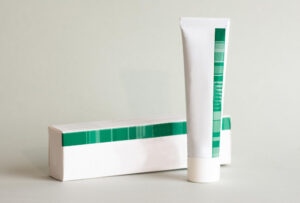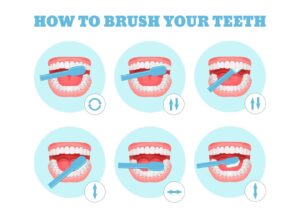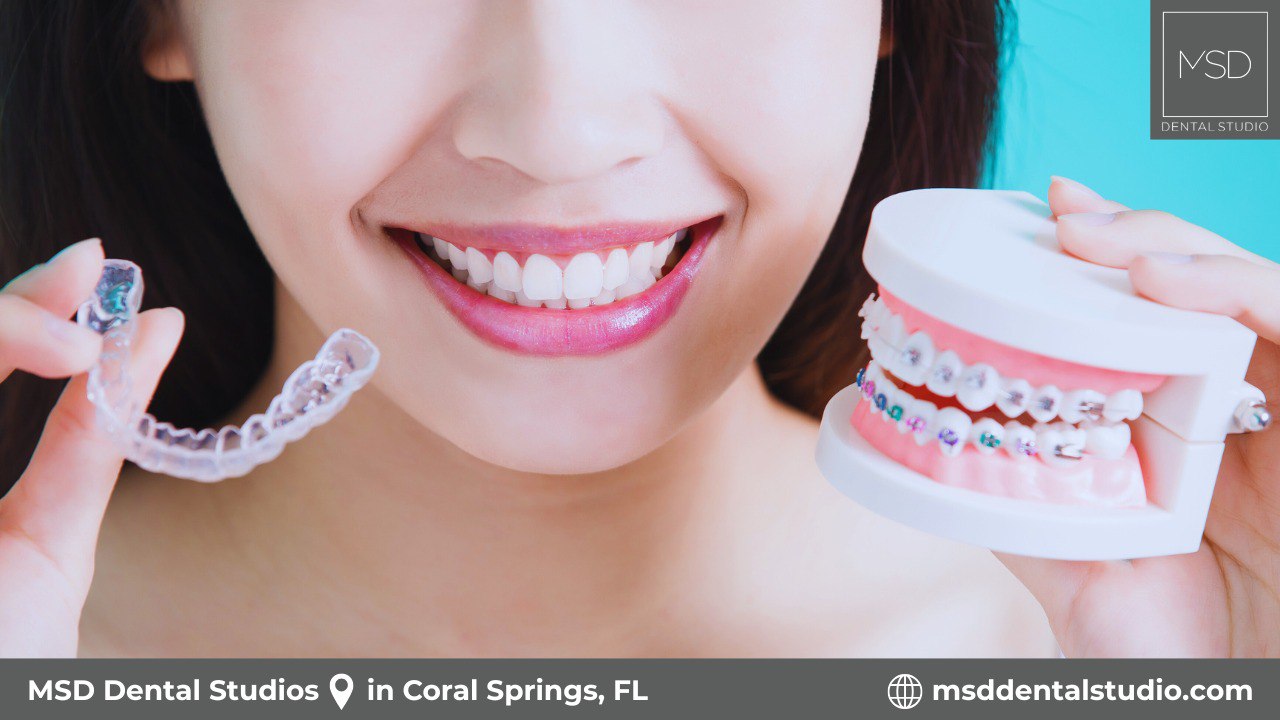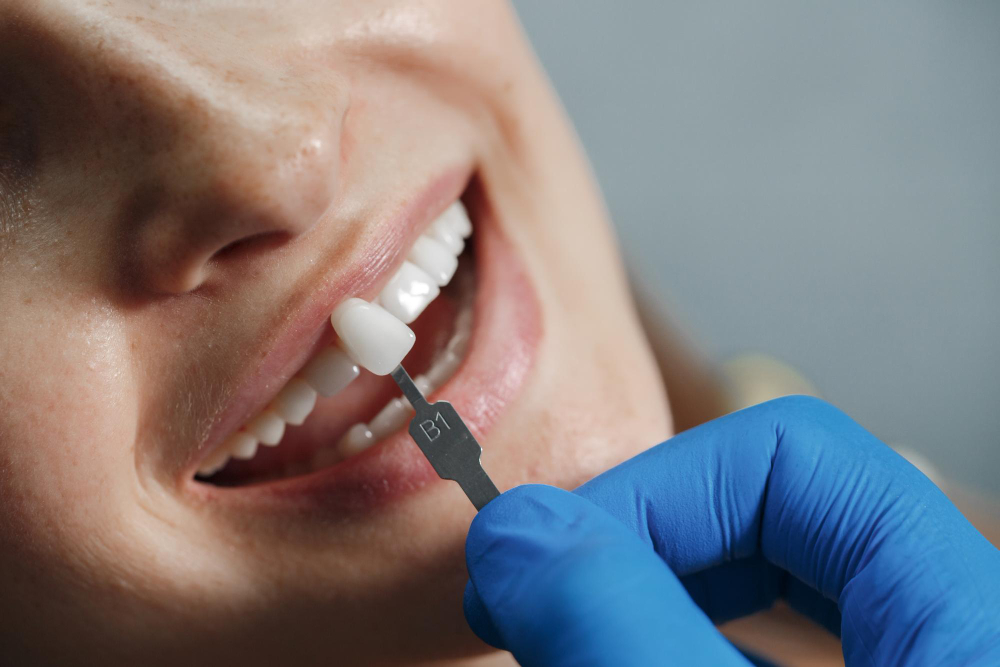Your morning routine includes brushing your teeth, but are you getting the whitening results you want? With dozens of whitening toothpastes lining pharmacy shelves, each promising dramatic results, choosing the right one can feel overwhelming. Some deliver noticeable brightening within weeks, while others barely make a difference despite months of use.
The truth about whitening toothpaste is more nuanced than marketing claims suggest. While no toothpaste can match professional whitening treatments, the right formulation can significantly improve your smile’s brightness and help maintain professional results. Understanding which ingredients actually work, what realistic expectations look like, and which brands consistently deliver results will help you make a smart choice for your oral care routine.
How Does Whitening Toothpaste Actually Work?
Whitening toothpastes work through two primary mechanisms: surface stain removal and mild bleaching action. Unlike professional treatments that penetrate deep into tooth enamel, most whitening toothpastes focus on removing surface stains caused by coffee, wine, tea, and everyday wear.
The most common approach uses mild abrasives like hydrated silica, calcium carbonate, or aluminum oxide to physically scrub away surface stains. These particles are carefully calibrated to be effective against stains while remaining gentle enough for daily use. Think of it as a very fine polishing compound that buffs away discoloration without damaging your enamel.
Some advanced formulations include low concentrations of hydrogen peroxide or carbamide peroxide—the same bleaching agents used in professional treatments. These ingredients can lighten stains that have penetrated slightly deeper into the enamel, though at much lower concentrations than what dentists use.
Enzyme-based whitening represents another approach, using papain (from papaya) or bromelain (from pineapple) to break down protein-based stains. These natural enzymes can be particularly effective against certain types of discoloration while being gentler on sensitive teeth.
Key Ingredients That Deliver Real Whitening Results
Understanding which compounds actually work will help you identify toothpastes that deliver results versus those that just promise them.
Hydrogen Peroxide remains the gold standard for teeth whitening. Even at the low concentrations found in toothpaste (typically 0.1% to 1%), it can provide noticeable brightening over time. This ingredient actually bleaches stains rather than just removing surface deposits.
Hydrated Silica serves as an effective yet gentle abrasive that removes surface stains without excessive enamel wear. Quality matters here—pharmaceutical-grade hydrated silica provides better stain removal with less abrasiveness than cheaper alternatives.
Sodium Bicarbonate (Baking Soda) offers natural whitening through its mild abrasive properties and alkaline pH, which helps neutralize acids that can stain teeth. It’s particularly effective against yellowing caused by acidic foods and drinks.
Activated Charcoal has gained popularity, though scientific evidence remains limited. While it can absorb some surface stains, it may be too abrasive for daily use and can potentially wear down enamel over time.
Papain and Bromelain provide enzyme-based whitening that’s gentler than abrasives while still being effective against protein-based stains. These ingredients work well for people with sensitive teeth who can’t tolerate harsher formulations.
Professional-Grade vs Drugstore Whitening Toothpastes
The whitening toothpaste market spans from budget drugstore options to premium professional-grade formulations, with significant differences in effectiveness and price points.

Professional-grade toothpastes available through dental offices typically contain higher concentrations of active ingredients and undergo more rigorous testing. Brands like Opalescence, Ultradent, and 3M ESPE offer toothpastes with optimized abrasive levels and proven whitening agents. These products often cost $15-30 but may deliver better results than cheaper alternatives.
Drugstore options have improved dramatically in recent years, with major brands investing heavily in whitening technology. Companies like Crest, Colgate, and Sensodyne now offer formulations that rival professional products at a fraction of the cost. The key is knowing which drugstore products use effective ingredients rather than relying solely on marketing claims.
The price difference often comes down to research and development, ingredient quality, and clinical testing. Professional brands typically invest more in studying optimal ingredient combinations and conducting clinical trials to prove efficacy.
Top Whitening Toothpaste Categories and When to Use Them
Different whitening toothpastes excel in different situations. Matching the right type to your needs maximizes results while minimizing potential side effects.
Daily Whitening Toothpastes are designed for everyday use with mild abrasives and low-concentration whitening agents. These work well for maintaining brightness and preventing new stains from setting. They’re ideal for people who regularly consume staining beverages or want gradual whitening improvement.
Intensive Whitening Formulas contain stronger ingredients for faster results but may not be suitable for daily long-term use. These products work well for special occasions or when you need quicker results, but should be rotated with gentler formulations.
Sensitive Teeth Whitening options combine whitening ingredients with desensitizing agents like potassium nitrate or stannous fluoride. These formulations allow people with sensitive teeth to achieve whitening results without discomfort.
Natural Whitening Toothpastes use ingredients like baking soda, coconut oil, or fruit enzymes for those preferring chemical-free options. While generally gentler, they may take longer to show results compared to conventional formulations.
What Results Can You Realistically Expect?
Setting realistic expectations is crucial for satisfaction with whitening toothpaste results. Understanding what these products can and cannot achieve prevents disappointment and helps you make informed decisions.
Most whitening toothpastes can lighten teeth by 1-2 shades over 2-4 weeks of consistent use. This improvement is noticeable but subtle—think of it as restoring your teeth’s natural brightness rather than dramatically changing their color. The results are similar to having a professional cleaning but with ongoing maintenance benefits.
Surface stain removal happens relatively quickly, often within the first week of use. You’ll notice improvements with coffee, tea, and wine stains first. Deeper, more embedded stains take longer to address and may require several months of consistent use to see significant change.
Intrinsic stains—those caused by medications, genetics, or deep enamel damage—respond poorly to whitening toothpaste. These types of discoloration typically require professional treatment with higher-concentration bleaching agents or cosmetic dentistry procedures.
The key to maximizing results is consistency. Using whitening toothpaste twice daily, every day, produces better results than sporadic use of stronger formulations. Think of it as a gradual improvement process rather than an overnight transformation.
Potential Side Effects and How to Avoid Them
While whitening toothpastes are generally safe for most people, some users experience side effects, particularly with frequent use or sensitive teeth.
Tooth Sensitivity is the most common complaint, especially with formulations containing hydrogen peroxide or high levels of abrasives. This sensitivity usually manifests as sharp pain when consuming hot or cold foods and drinks. Starting with shorter brushing sessions and gradually increasing can help minimize this issue.
Enamel Wear can occur with overly abrasive formulations or aggressive brushing techniques. Once enamel is worn away, it cannot regenerate, making this a serious long-term concern. Look for products with ADA acceptance and avoid over-brushing or using excessive pressure.
Gum Irritation may develop from ingredients like hydrogen peroxide, particularly if the toothpaste frequently contacts your gums. Using a soft-bristled toothbrush and focusing on teeth rather than gums can reduce irritation.
Uneven Whitening can happen if you have dental work like crowns, veneers, or large fillings. Whitening toothpaste only affects natural tooth enamel, potentially creating color mismatches with existing dental work.
How to Maximize Your Whitening Toothpaste Results
Getting the best results from whitening toothpaste requires more than just switching products. Your brushing technique, timing, and complementary habits all impact effectiveness.

Proper Brushing Technique involves using gentle circular motions rather than aggressive back-and-forth scrubbing. Let the ingredients do the work rather than relying on mechanical force. Brush for the full two minutes, ensuring you cover all tooth surfaces thoroughly.
Timing Matters for optimal results. Brush at least 30 minutes afterconsuming acidic foods or drinks, as brushing immediately can actually damage softened enamel. Morning and evening brushing provides consistent exposure to whitening ingredients.
Complementary Habits can enhance results significantly. Rinsing your mouth after consuming staining beverages, using a straw for drinks, and avoiding tobacco products all help prevent new stains from forming while your whitening toothpaste works on existing ones.
Diet Modifications during intensive whitening periods can accelerate results. Temporarily reducing coffee, red wine, berries, and other highly pigmented foods allows whitening ingredients to work more effectively without competing against new stains.
Combining Whitening Toothpaste with Other Treatments
Whitening toothpaste works best as part of a comprehensive approach to teeth brightening rather than a standalone solution. Understanding how to combine it with other treatments maximizes your investment and results.
Professional Cleanings every six months remove tartar and surface stains that toothpaste cannot address. Following professional cleanings with consistent whitening toothpaste use helps maintain that fresh, bright appearance longer.
At-Home Whitening Systems, like strips or trays, can be used periodically alongside daily whitening toothpaste. The toothpaste maintains results between more intensive treatments while providing ongoing stain prevention.
Oil Pulling with coconut oil before brushing can enhance whitening results by removing bacteria and surface stains through a different mechanism. This traditional practice works synergistically with modern whitening ingredients.
Professional Touch-ups annual or bi-annual professional whitening treatments provide dramatic results that whitening toothpaste then helps maintain. This approach gives you the best of both worlds—significant improvement plus ongoing maintenance.
Making Your Choice: Which Whitening Toothpaste Is Right for You?
Skip the marketing hype and focus on what actually matters for your specific situation. Your teeth, sensitivity level, and lifestyle determine which whitening toothpaste will work best.
For Daily Maintenance: Look for gentle formulations with mild abrasives and low-concentration whitening agents. Brands with ADA approval offer good safety profiles for long-term use.
For Quick Results: Choose intensive formulas with hydrogen peroxide, but plan to rotate with gentler options. These work well for special events or when you need faster improvement.
For Sensitive Teeth: Prioritize products specifically designed for sensitivity with ingredients like potassium nitrate. Expect slower results, but you’ll be able to use them consistently without discomfort.
For Natural Preferences: Enzyme-based or baking soda formulations offer chemical-free whitening, though results may take longer to appear.
The most expensive option isn’t always the best choice. Many drugstore brands now offer formulations that rival professional products at lower prices. Focus on ingredients and clinical backing rather than price tags or celebrity endorsements.
Remember that consistency beats intensity. A moderately effective toothpaste used twice daily for months will deliver better results than a powerful formula used sporadically. Choose a product you’ll actually stick with, then commit to using it properly.
Your whitening journey doesn’t end with product selection. Proper technique, realistic expectations, and complementary habits all contribute to achieving the brighter smile you want. Start with a quality whitening toothpaste that matches your needs, then build consistent habits around it for the best long-term results.






